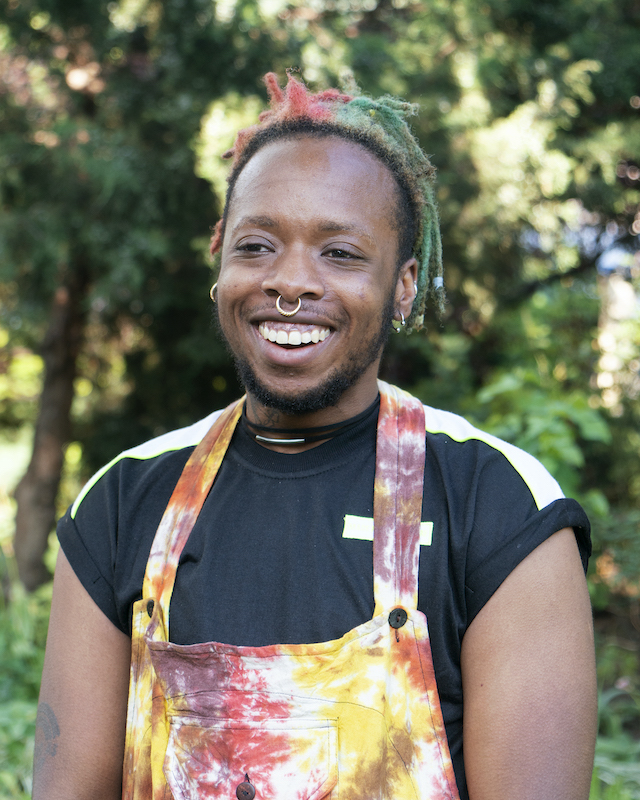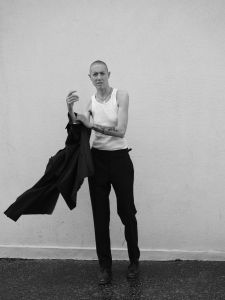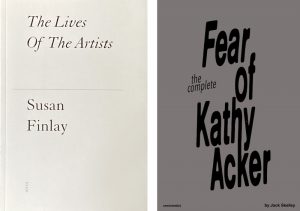The poet, curator and artist shares an extract from his essay Music is a Vehicle for Perceiving (Or, a Foundation for Artful Intervention). An interview with the author will be released in the coming weeks

Music is a vehicle for perceiving. We demand music. The music of the soul connotes the body, thought, intervention, silence. We can’t be the speakers of our bodies; we’re already spoken for. We instead tune into, smile upon, the parcels of ourselves that are beaten up by historicity. To live, thrive, we don’t demand to not be beaten up. Instead we wield our beaten selves in the arms of the rest of our bodies. Sit up proud, happy. We made it here today. Go on.
Wow, it’s incredible to be drawn-out, to read ourselves from outside within the art of peace, freedom. If we embrace living in clarity and knowledge, then it behooves us to receive our social landscape more fully. What attributes do we project onto experience? Do we perceive that being alive is embraceable? Do we take refuge in what we know, using this refuge as a free space from which to receive each other? Is there a suggestion, here, that others might not see that we come from what we know? That others might not even see how we come from what we know?
Romantic encounters create a self-reflective sense. Our lovers have a Blackness we ourselves would like to have, actively strive toward. Further lovers embody the Blackness of ours we’ve tried to repress. In either case, our encounters with romance bring us into intimate contact with our joining, susceptibility. Submission and dominance get played out in different arrangements, depending on our relationship with our sexual partners. The reflexive meaning of submission and dominance: what it means to be dominated changes depending on our relationship with our partners: our relationship with their position, who they channel down through the centuries, their position in relation to us. Submitting to our lovers is submission to their Blackness. We reconcile to let those attributes take precedence over our own. We reconcile, to be dominated by our ancestors and, in a consensual sexual relationship, embrace being dominated by them. Or, we dominate our partners, and our own Blackness prevails.
What materialises when our lover has attributes that shuffle us into vulnerability? Vulnerability is complete and presents us with the momentum needed to receive. We have those defence mechanisms, our angels. We try to save ourselves from insult. Our defence mechanisms are sophisticated, useful. It isn’t wretched to try to recover our bodies from harm—it’s smart! But the mechanisms we use to cover ourselves are often outdated, causing us harm. We’re sabotaging our bodies. We don’t know when we’re doing it. We can’t be honest.
Our orientation to life is to the detriment of our unvoiced desires. Soul is an appearance, a glimmer, a smile. If we’re patient, we get to its essence. Our souls bring revelations to the surface in order to foreground information they deem primary to our survival. Do we have the nerve to listen? Are we ready to drive with trouble? The negative emotions are there to talk with us. Their negativity is what signals that we should pull inwardly, into slowness. So far as negativity gives positivity meaning, the negative emotions are not wretched, not to be resisted. On the contrary, resisting negativity proliferates it by authorising it to go undealt with. Unprocessed pain manifests through unconscious behaviour. Resisting negativity, refusing to perceive it, means it proliferates. It’s been authorised to go undealt with. It transforms, phase-changes, metamorphoses, joining the ecosystem of our life, though remaining mysterious, even alien, to us. Do we ever think about why we dream of controlling our bodies? Do we think through what we’re afraid of: resurgence, uncontrollable stories passed through, seated in us, or do we think through unrequited love?
We’ve never understood what myths really are. We know what a story is. We know a story is told across cultures, temporalities (and inside a culture, across its generations). But what moves a myth, generates the scale of its reach? How does it generate meaning for a culture as a whole? The men, the myth, the legends? There’s no style or method of walking around that will not pull out some sort of ancestral translation from our bodies. I walked down to the parking garage and it was cold. I had washed my skin with cold water that morning.
We can get aroused by art. Art as Blackness, as recreation. Is valuing Blackness the parallel of possessing it? We possess Blackness in greater or lesser degrees. To the extent to which we value those Blacknesses, we voice our ancestors.
Among folks in public, who have nothing to do with each other, somehow, small synchronicities, repetitions, are materialising. They are echoing each other, mirroring, and bonding. We are the joint apparatus of our bodies, labouring in tandem to keep us free, to help us survive. When we’ve built up a reservoir inside our bodies of mutual perceiving, we are able to tolerate the sense of being wrong ourselves. We don’t fight what is materialising in us; we consent to our situation first. We labor to enrich our situation from a place of mutual aspiration.
Peace proceeds from contentment; trust that the desired result does arise. We’d like to be replete immediately, to get rid of what we hold to be our negative attributes. We can’t get along with being flawed; we can’t bear the view/idea that we can’t fix our flaws right this moment. We’re not who we dreamed to be. We don’t authorise the cycle of undergoing: checking our bodies with judgment, rush, and anger. Can we tolerate the vision of our own failure? Be careful of smoothing over what is the field of failure, meaning, the place of unimaginability, and beyondness. Inside our bodies is the source of our creativity, rooted in the field of failure.
We serve our bodies with a clear, kind, wet, responsive disposition. If we’re impatient, we should practice not having views. If we’re too startled, we should practice acting on our views. Do we have to be successful when we struggle? The puzzle of it all is when we “get what we dreamed of”; it doesn’t seem satisfying. What we dreamed of is much more complicated.
Art is the way we proceed across time, the puzzles we read in each other. What does it take to shuffle, to forge a soulful connection? Are situations of conflict driven by personality flaws? By the inner intervention of personality flaws within each? By the resistance of Blackness to a kind of Blackness which it deems nonconsensual? By the drive to cover up what reads as not okay, incomplete—that’s to say, the ideological? Be a reinforcement or re-embodiment of the Blackness we wish to read reified in experience. This is, after all, a Blackness that gathers around itself.
We continue to feed the myth of our bodies to our bodies in order to survive. Who are we? We can get closer to the answer to this question when we hear out what drives our hurt.
This text is an extract taken from Music is a Vehicle for Perceiving (Or, a Foundation for Artful Intervention), written by Anaïs Duplan and published on Topical Cream on 1 December 2021




